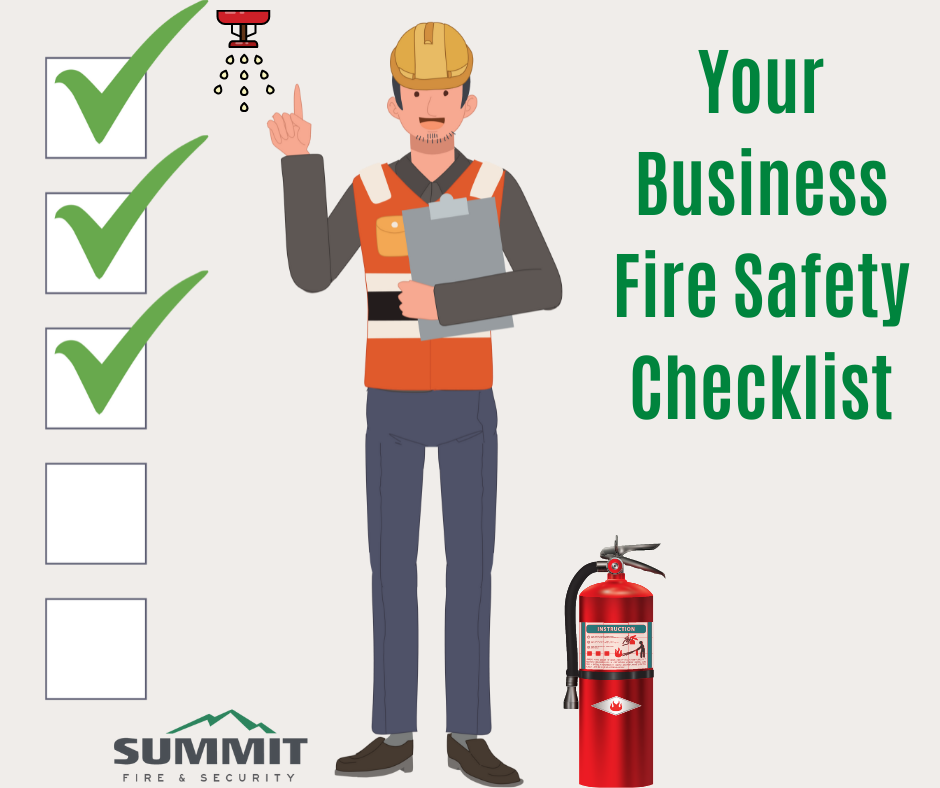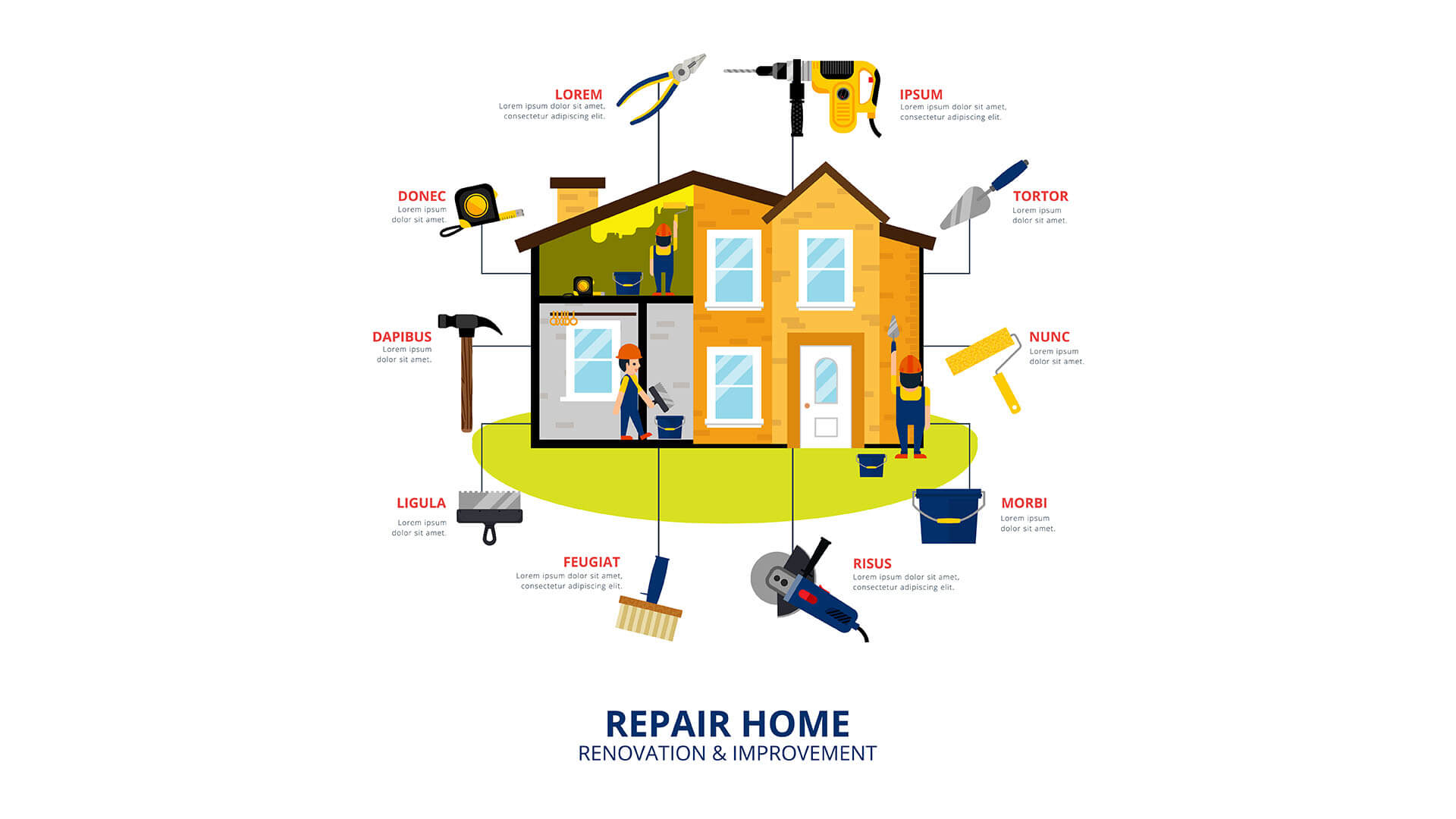Ensuring your business complies with fire safety regulations is not just about following the law—it’s about safeguarding your employees, customers, and assets from the devastating impact of a fire. Fire safety compliance is a multi-faceted approach that involves understanding local regulations, implementing preventative measures, and educating your staff. This article outlines a comprehensive checklist for business owners to ensure their premises remain safe and compliant with fire safety standards.
Understand Local Fire Safety Regulations
The first step toward compliance is understanding the fire safety regulations that apply to your business. These regulations can vary significantly depending on your location, the size of your business, and the industry you’re in. They often include requirements for fire detection and alarm systems, fire extinguisher types and placements, emergency lighting, and evacuation plans. Familiarize yourself with the local codes and standards, and consider consulting with a fire safety expert to ensure you’re fully compliant.
Conduct Regular Risk Assessments
Conducting regular fire risk assessments is crucial to identifying potential fire hazards within your premises. A risk assessment involves evaluating your business operations, the materials you use or store, and your current fire prevention measures to identify areas of improvement. This assessment should be documented and reviewed annually or whenever significant changes to your business occur. It will help you prioritize the fire safety measures that need to be implemented.
Install and Maintain Fire Detection and Alarm Systems
A well-designed fire detection and alarm system is your first line of defense against a fire. Ensure that your system is suitable for the size and complexity of your premises and that it complies with local regulations. Regular maintenance checks by qualified professionals are essential to ensure that these systems are always in working order. Test your fire alarms weekly and log the results as part of your fire safety records.
Ensure Access to and Maintenance of Fire Extinguishers
Fire extinguishers play a critical role in the early stages of a fire, offering a first attack firefighting measure that can prevent small fires from developing into large ones. It’s essential to have the correct type of fire extinguisher readily available for the specific risks associated with your business. Regular servicing of fire extinguishers is also vital to ensure they will work when needed. This involves professional inspections at least annually to check for any signs of wear or damage and to refill or replace units as necessary. The servicing of fire extinguishers, carried out by a qualified technician, ensures they are in optimal working condition and compliant with safety standards.
Implement and Practice Fire Evacuation Plans
Having a well-practiced fire evacuation plan is essential for ensuring the safety of everyone on your premises. Your plan should include clear evacuation routes, assembly points, and the responsibilities of designated fire safety officers. Regular drills should be conducted to ensure everyone is familiar with the evacuation procedure. Feedback from these drills can help refine and improve the plan over time.
Train Your Staff on Fire Safety Procedures
Employee training is a crucial component of fire safety compliance. All staff should be aware of fire risks, how to prevent fires, and what to do in the event of a fire, including how to use fire extinguishers safely. Training should be conducted at regular intervals and whenever new staff members are onboarded. Keep records of all training sessions as part of your fire safety documentation.
Maintain Clear Escape Routes
Escape routes must be clearly marked, well-lit, and free from obstruction at all times. Regular checks should be carried out to ensure that exit doors are fully functional and not blocked. Signage should be visible and indicate the quickest route out of the building. Maintaining clear escape routes is a simple but effective way to enhance the safety of your premises.
Document Your Fire Safety Efforts
Documentation is a critical aspect of fire safety compliance. This includes records of risk assessments, maintenance checks, staff training, and fire drills. Keeping detailed records can help you manage your fire safety procedures more effectively and demonstrate your compliance with regulations during inspections.
Review and Update Your Fire Safety Measures Regularly
Fire safety is an ongoing concern that requires regular review and updates. As your business grows or changes, so too will your fire safety needs. Regularly revisiting your fire safety policies and procedures ensures that they remain effective and compliant with current regulations.
By following this checklist, business owners can create a safer environment for everyone involved and ensure compliance with fire safety regulations. Fire safety is a critical aspect of business management that should never be overlooked. Taking proactive steps to prevent fires not only protects lives but also secures the future of your business.




